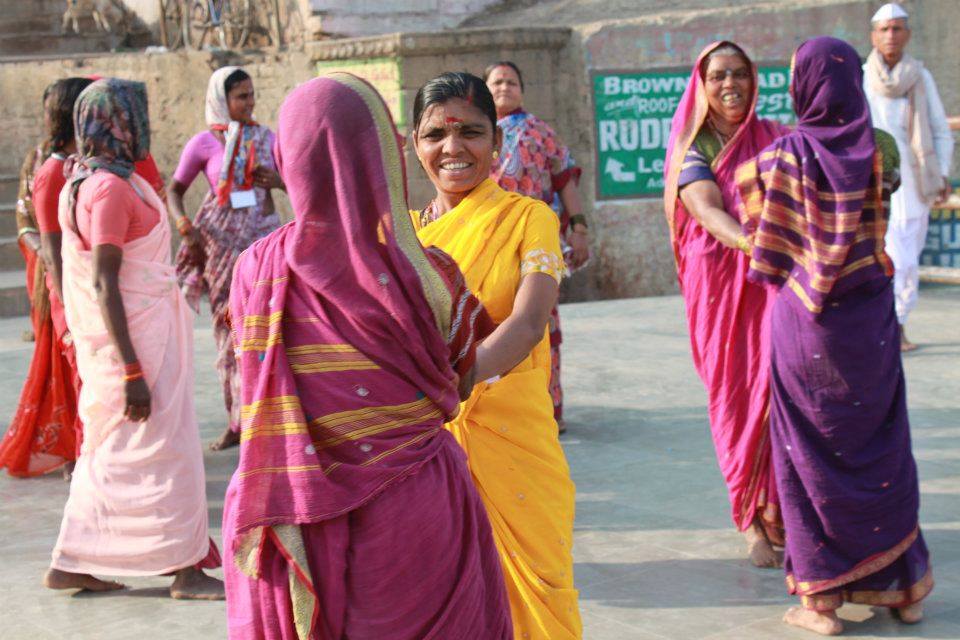15 Causes of Gender Inequality

Human rights are universal. Every person, regardless of gender, age, race, or background deserves dignity, safety, and opportunity. And yet, across the globe, millions still face discrimination rooted in outdated gender norms and systemic bias. Women, girls, transgender, and gender-diverse people often bear the brunt of this inequality, facing barriers in education, health, employment, and even basic safety.
Although there has been progress, true gender equality remains a distant goal. At the current rate, experts say it could take centuries to achieve. So what’s standing in the way? Here are 15 of the most persistent causes of gender inequality, and why they need our attention:
1. Unequal Access to Education
Around the world, girls and gender-diverse youth are more likely to be pulled out of school due to poverty, child marriage, or cultural expectations. Without education, opportunities narrow before they even begin.
2. The Gender Pay Gap
Across virtually every industry, women and marginalized genders earn less than men for doing the same work. This gap is even wider for women of colour and trans individuals.
3. Job Segregation
Caregiving, cleaning, and teaching are still seen as “women’s work” and are often undervalued and underpaid. Meanwhile, male-dominated sectors tend to offer more prestige and better pay.
4. Outdated or Restrictive Laws
In many countries, laws still limit women’s and LGBTQ+ rights, whether it’s the right to own property, get a divorce, access healthcare, or simply walk freely in public without fear.
5. Gender-Based Violence
One in three women worldwide experience physical or sexual violence. Trans and nonbinary individuals are also disproportionately targeted. The fear of violence shapes every part of life, from career choices to travel.
6. Attacks on Reproductive Rights
Access to contraception, safe abortions, and reproductive healthcare is under constant threat in many parts of the world. Without bodily autonomy, true equality is impossible.
7. Gender Gaps in Healthcare
Medical research has historically prioritized male bodies, leading to misdiagnosis and inadequate care for women and gender-diverse people. Trans people often face outright denial of care.
8. Political Underrepresentation
Women and gender-diverse people remain vastly underrepresented in government, leading to policies that overlook or actively harm their communities.
9. Unequal Domestic Responsibilities
Even when working full-time jobs, women often carry the bulk of unpaid household and caregiving duties, limiting their time, energy, and ability to thrive in other areas.
10. Religious Intolerance
Some religious interpretations continue to reinforce patriarchal norms and deny gender-diverse individuals the freedom to express or live as their authentic selves.
11. Intersectional Racism
Racialized women and gender-diverse people face a compounded burden of discrimination that affects nearly every facet of life, from job prospects to safety and mental health.
12. Transphobia and Misgendering
Trans and non-binary individuals often face systemic exclusion, violence, and invalidation, especially in healthcare, education, and the workplace.
13. Bias-Both Conscious and Unconscious
From sexist jokes to hiring decisions, bias is embedded in how we speak, think, and act. Even well-meaning people can unintentionally reinforce harmful stereotypes if left unchecked.
14. Lack of Safe and Inclusive Workplaces
From sexual harassment to a lack of gender-neutral bathrooms, many workplaces are still not safe or inclusive for women, LGBTQ+, and gender-diverse employees. Toxic cultures often go unchallenged, making it harder for people to report discrimination or simply feel like they belong.
15. Media Representation and Stereotyping
The way gender is portrayed in movies, ads, news, and social media shapes public perception. Harmful stereotypes and underrepresentation of women, trans, and non-binary individuals reinforce narrow ideas about what people “should” look like, do, or aspire to, limiting possibility from a young age.
So, where do we go from here?
Solving gender inequality isn’t just about fixing policies, it’s about changing culture, challenging norms, and making space for every voice. Whether you’re advocating for change in your community, supporting inclusive policies, or simply educating yourself and others, every action matters.
Equality benefits everyone. A world where gender doesn’t determine your worth is a world where all of us can thrive.
Looking for more human rights resources? Explore The Global Humanitarian.
Comment, subscribe, and follow me on Instagram @the.global.humanitarian
Please note: the views and opinions expressed on this blog are that of my own and do not represent the opinions of any agency mentioned.